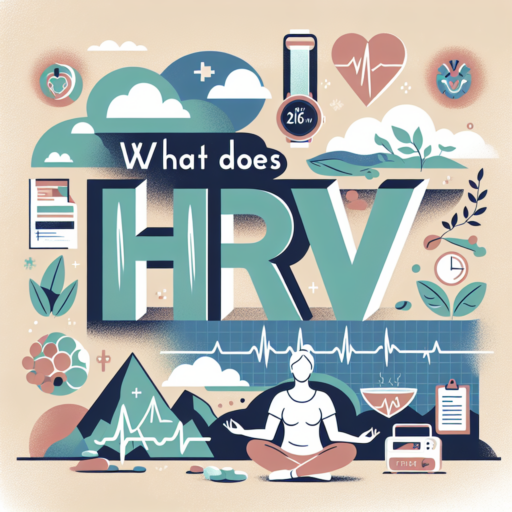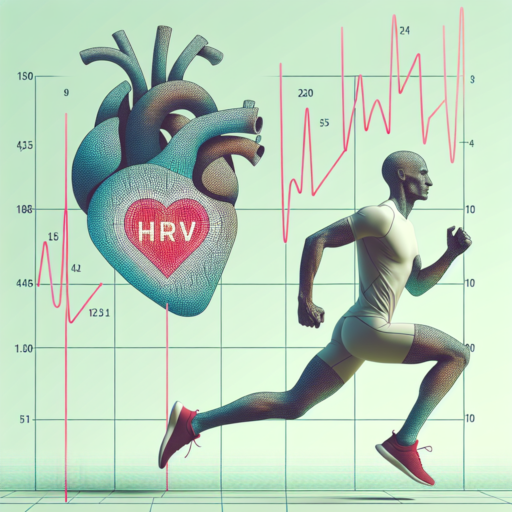What is a good HRV rate?
Understanding your Heart Rate Variability (HRV) is crucial for assessing your overall health and fitness levels. A «good» HRV rate varies significantly among individuals, influenced by age, fitness level, genetics, and lifestyle. Generally, a higher HRV signifies a healthy, responsive cardiovascular system, while lower values might indicate stress, fatigue, or underlying health issues.
Factors Influencing HRV
Determining what constitutes a good HRV rate requires acknowledging the factors that influence it. Age plays a critical role, as HRV tends to decrease with advancing age. Regular exercise, adequate sleep, and stress management can positively affect your HRV, contributing to an overall healthier state. Conversely, high stress levels, inadequate sleep, and a sedentary lifestyle can negatively impact your HRV score.
Average HRV Rate Guidelines
The average HRV rate for adults tends to range between 20-100 milliseconds (ms) when measured using standard HRV metrics. It’s important to note that personal baselines can widely differ, making ongoing monitoring and comparison against one’s own baseline more useful than comparing against broad averages. Athletes and highly fit individuals often exhibit higher HRV rates due to their conditioned cardiovascular systems, sometimes exceeding 100 ms.
What does HRV really tell you?
Understanding Heart Rate Variability (HRV) goes beyond simply monitoring your heart’s beats. It’s about uncovering the intricate details of your body’s autonomic nervous system and its efficiency. Essentially, HRV measures the time variation between your heartbeats, which, contrary to what one might think, should not be perfectly regular. These variations can tell a great deal about your physical fitness, stress levels, and overall well-being.
One crucial aspect that HRV highlights is your body’s resilience and adaptability to stress. A higher HRV indicates a robust autonomic nervous system, suggesting that your body can efficiently manage and recover from stress. This insight can be particularly valuable for athletes looking to optimize their training and recovery processes. However, it’s not just athletes who can benefit; individuals seeking to improve their lifestyle and reduce stress-induced wear and tear on their bodies can also gain insights from tracking their HRV.
The insight into your parasympathetic and sympathetic nervous system’s balance is another significant piece of information HRV provides. An optimal balance between these systems is crucial for a healthy functioning body. The parasympathetic nervous system, often referred to as the «rest and digest» system, helps promote recovery and relaxation. In contrast, the sympathetic nervous system prepares your body for «fight or flight» responses. By analyzing HRV, individuals can gain a deeper understanding of how stress, both physical and psychological, impacts their bodies and take appropriate measures to maintain a healthy balance.
What should my HRV be for my age?
Understanding your Heart Rate Variability (HRV) is crucial in gauging your overall well-being and fitness levels. HRV measures the variation in time between each heartbeat, and it’s influenced by age, activity levels, and overall health. For those curious about «What should my HRV be for my age?», it’s important to note that HRV typically decreases as you age, indicating that your heart’s ability to adapt to stress, exercise, and illness might diminish over time.
Although there’s no one-size-fits-all answer, general benchmarks can help gauge whether your HRV is within a healthy range for your age group. For instance, younger individuals tend to have higher HRV scores, reflecting more variability and, thus, a healthier autonomic nervous system response. Adults in their 20s and 30s might observe HRV averages around 55-105 milliseconds (ms), while those in their 50s and beyond might see averages drop to 25-45 ms. However, these numbers are highly individualized, influenced by factors like fitness levels, stress, and sleep quality.
It’s also vital to consider how lifestyle factors can impact your HRV, irrespective of age. Regular exercise, adequate sleep, stress management, and a balanced diet are all key to maintaining or improving your HRV. Monitoring changes over time can offer more insightful information than a one-time measurement. Employing wearable technology or working with a healthcare provider can help track these changes accurately and offer a more comprehensive understanding of your heart health in relation to your age.
No se han encontrado productos.
What is a dangerously low HRV?
Heart Rate Variability (HRV) is a measure of the variation in time between each heartbeat. This metric is widely recognized as a key indicator of cardiovascular health and autonomic nervous system balance. A dangerously low HRV points towards reduced variability, indicating that the heart is beating in a more uniform, less flexible pattern. This condition is alarming because it suggests that the body’s stress responses are high, and its ability to adapt to changing demands is compromised, potentially leading to increased risks of cardiovascular diseases and reduced resilience to stress.
A low HRV score can be influenced by various factors, including persistent stress, lack of sleep, unhealthy diet, and insufficient physical activity. It’s crucial to understand that while a single low HRV measurement shouldn’t cause immediate concern, consistently low scores serve as a red flag warranting further investigation. The benefits of monitoring HRV lie in its potential to provide early warnings about the need to adjust lifestyle factors to improve overall well-being and reduce the risk of serious health issues.
To determine what constitutes a dangerously low HRV, it’s essential to consider individual baseline measurements and lifestyle factors. However, medical professionals often associate significantly reduced HRV with increased cardiovascular risk and autonomic nervous system dysfunction. If you’re concerned about your HRV readings, consulting with a healthcare provider for a comprehensive evaluation is advised. They can offer personalized advice and, if necessary, treatment options to help improve your HRV and, by extension, your overall health.




